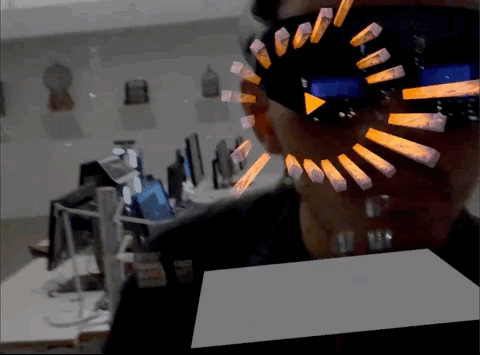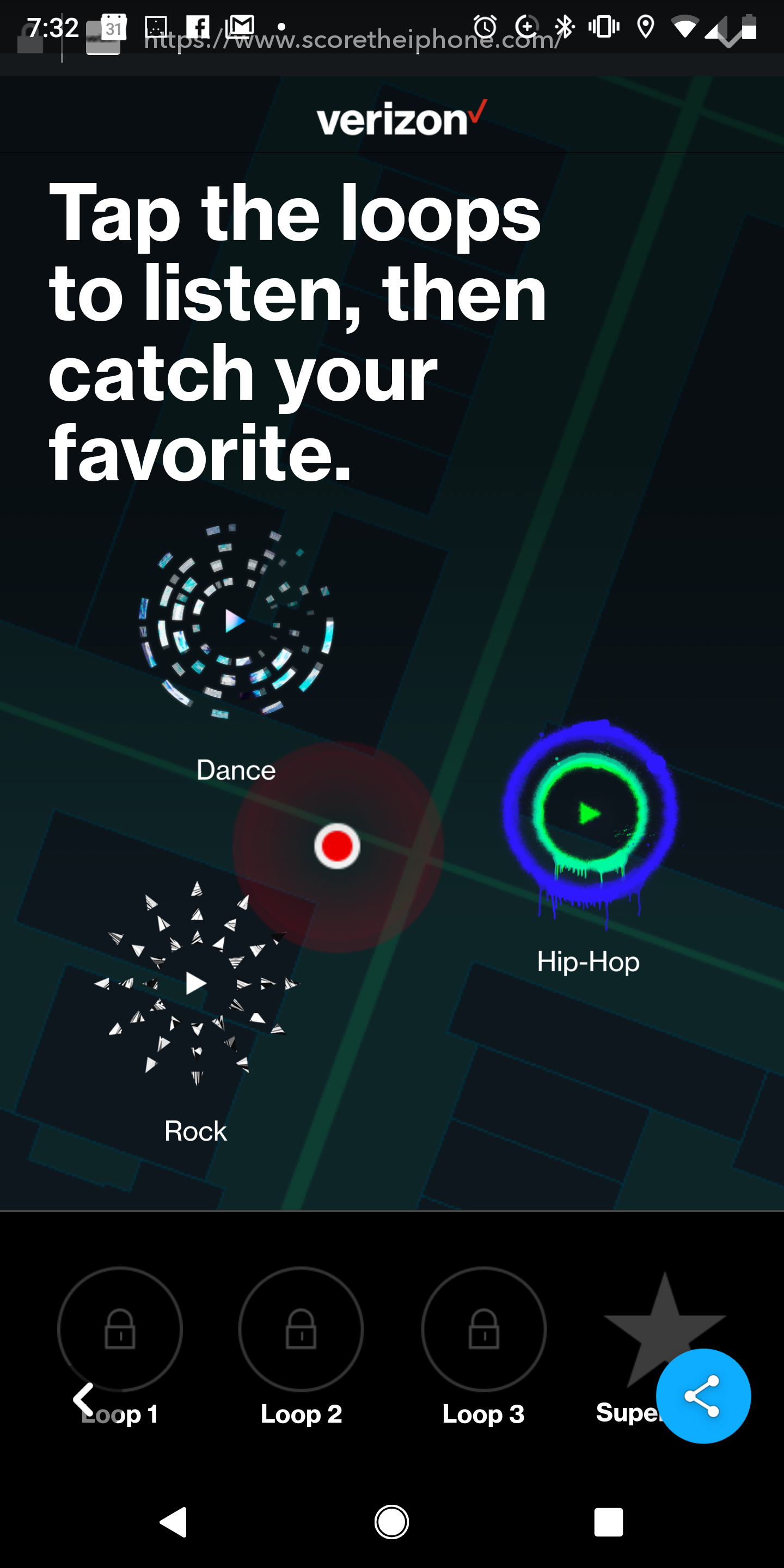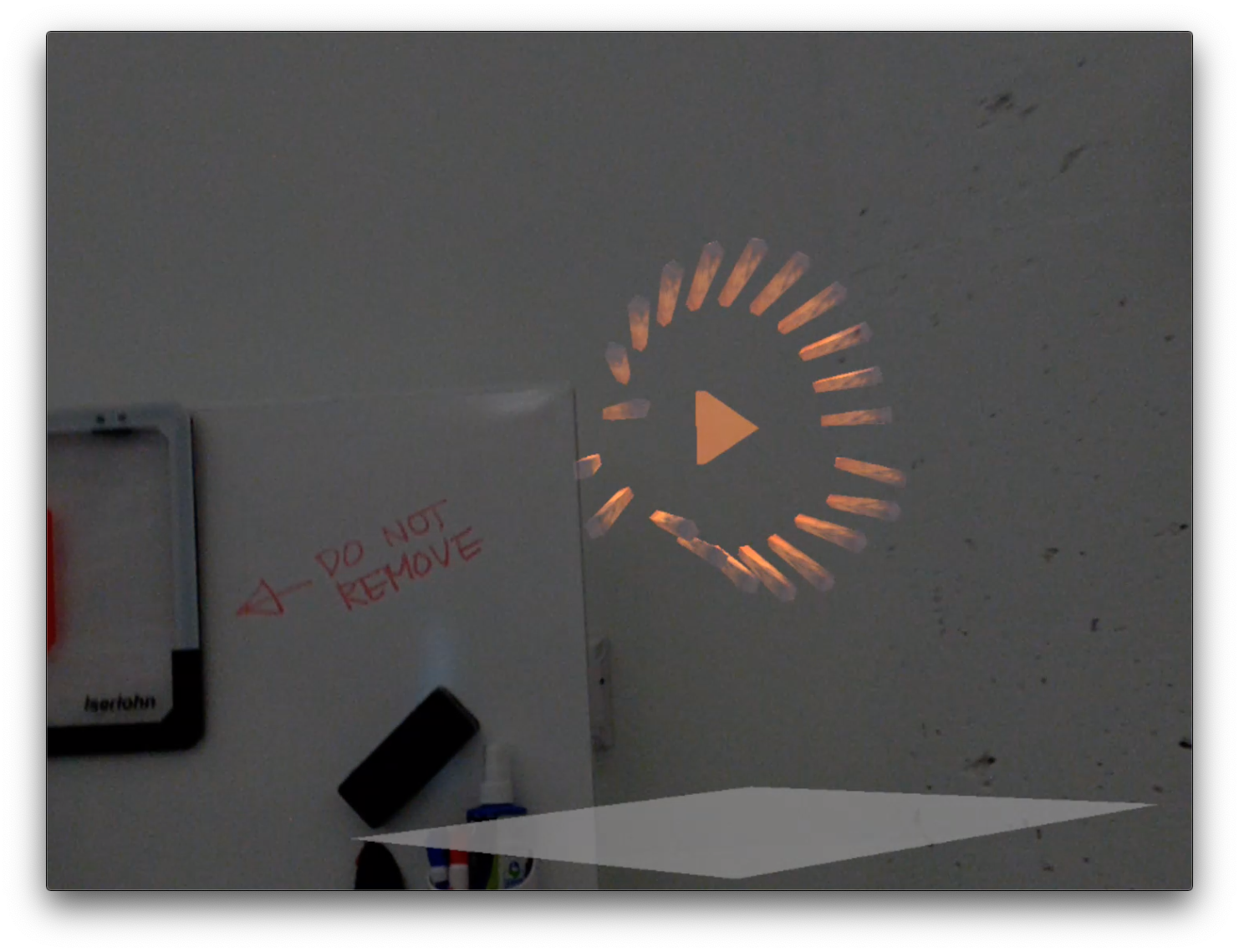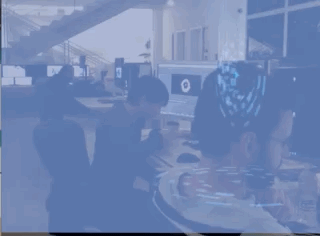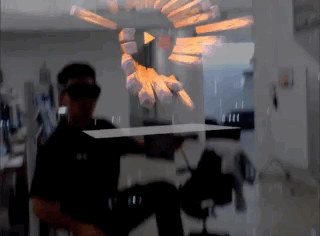September 2018
Should you have have to walk across a map to access something in AR?
Does AR have to start hidden?
Does it have to be something you could find?
Does audio have to be defined by different locations?
Spatial Audio next to a whiteboard
AR does not have to be something is hidden to then be found. AR should be contextually visible and accessible, not something that is a challenge to access. In fact, AR should be the interface to all of the technological advancements that we could not otherwise see.
AR should not be hidden. AR should be interactive. In this case, the sound is spatial and therefore interactive, because you can turn away from the sounds (3 degrees of freedom of rotation), and walk away from the sound (three more degrees of freedom).
If the concept is music, sound or audio across space then make the audio spatial.
Here I took static cinema 4D animations that were intended to be linear, non-interactive Snap lenses, and I deployed it the magic leap.
While wearing the Magic Leap, I adjusted the radius of the spatial audio in Unity for the next build.
There were different beats or tunes and with these loops placed in different locations, you could walk around the music.
Play the video above with the sound on to hear the spatial audio.
Ironically in the application I built there was no way to reset the origin of the experience, and with Magic Leap’s persistence, even when I went to the center of the building’s floor plan to launch the music in the cafe, the spatial audio was half a block away.
2D Screenshots from Snapchat

